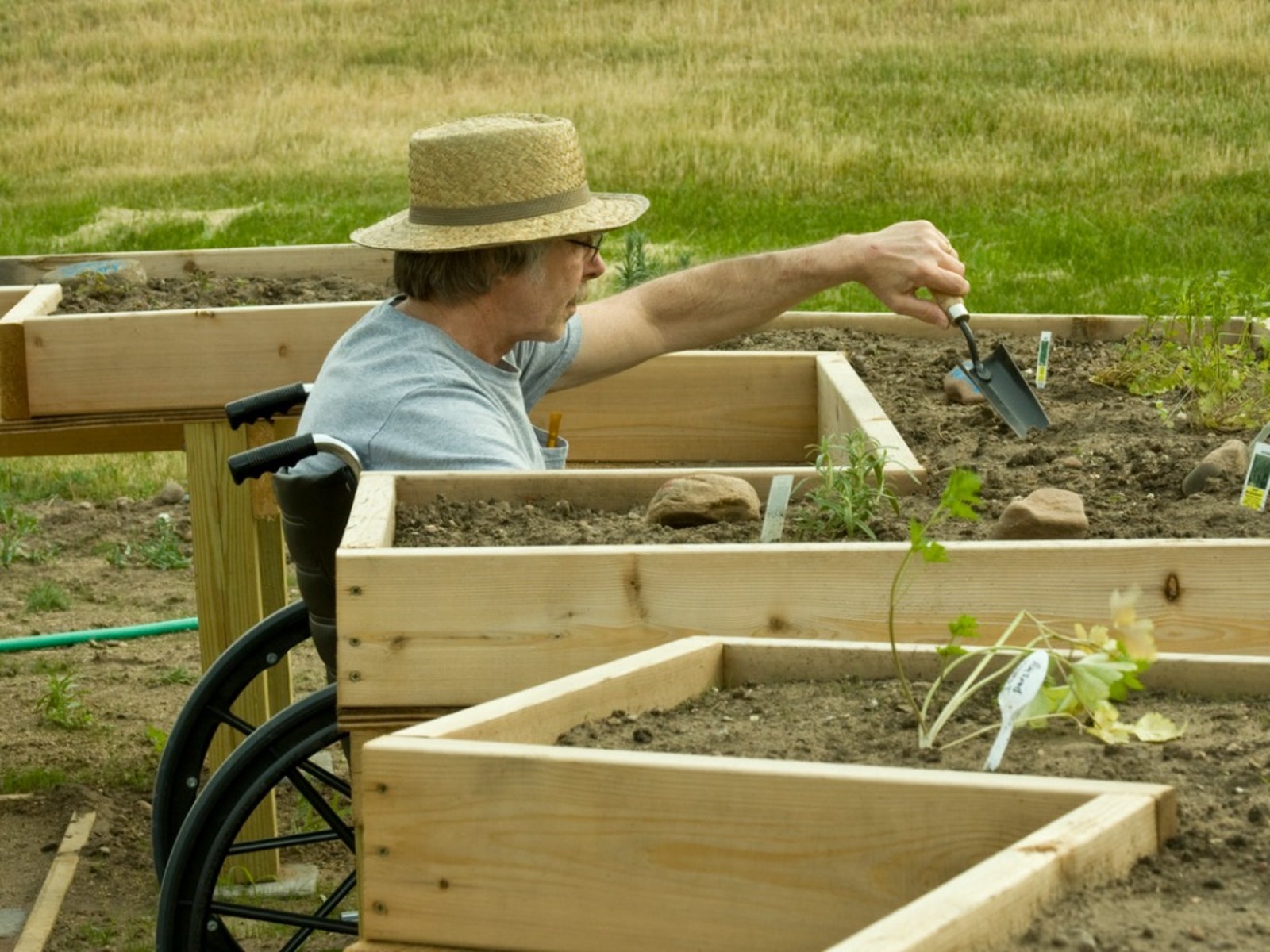Enabled Garden Design - Learn About Gardening With Disabilities


Doctors now tell us that gardening is a therapeutic activity that fortifies the mind, body, and spirit. As gardeners, we've always known that the sun and soil that gives life to our plants also facilitate growth in our own lives. So what happens as we age or become ill and we become suddenly unable to provide for the garden that's given us so much? Simple. Keep going and create an enabled garden design!
Gardening with disabilities is not only possible, but it's a great way to maintain one's lifestyle and happiness during a time of physical adversity. Gardeners with disabilities are people who are very much attuned to the outdoors. Having a garden that's suited to the needs of the disabled can be a vital part of recovery and care.
What is an Enabled Garden?
So what is an enabled garden? In much the same way homes and vehicles can be remodeled to accommodate people with various handicaps, so can a garden. An enabled garden will use concepts such as raised garden beds, modified tools, and wider pathways to achieve both accessibility and functionality.
The ultimate goal is to have a garden that can be enjoyed by everyone from the very young to the very old, and even the blind and wheelchair bound. Just as with any gardening project, disabled garden ideas are endless.
How to Create an Enabled Garden Design
Enabled garden design ideas are only limited by the needs of the gardener and the creativity of the designer. Learning how to create an enabled garden begins with learning about what has been done before. Here are some proven disabled gardener ideas to help get you started:
- Tools can be modified to the needs of the user. Foam tubes or large hair curlers placed over the handles will aid with grip and arm splints can also be attached for further assistance. Cords attached to handles can be slipped around the wrist to prevent dropping.
- When considering pathways for wheelchairs, note that they should be at least 3 feet (1 m.) wide, smooth, and free of obstruction.
- Raised beds can be built at heights and widths specific to the needs of the gardener. For example, wheelchair accessible plant beds should be no more than 30 inches (76 cm.) in height, although 24 inches (61 cm.) is ideal, and 5 feet (1.5 m.) wide.
- For the blind gardener, consider a ground level garden bed with durable plants that are textured and scented.
- Hanging planters can be fixed with a pulley system that allows the user to lower them for watering or pruning. A pole with a hook attached can also accomplish this task.
Learn How One Garden Is Making Room For All Abilities
There are many resources online to find additional disabled gardener ideas. Just make sure they're suited to the person or people who will frequent the garden. With the right decisions and a good dose of creativity and care, the enabled garden can be a monument to beauty and functionality, allowing those gardening with disabilities to grow stronger alongside their garden.
Sign up for the Gardening Know How newsletter today and receive a free copy of our e-book "How to Grow Delicious Tomatoes".

Jackie Carroll has written over 500 articles for Gardening Know How on a wide range of topics.